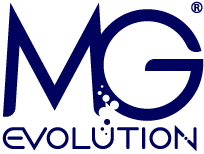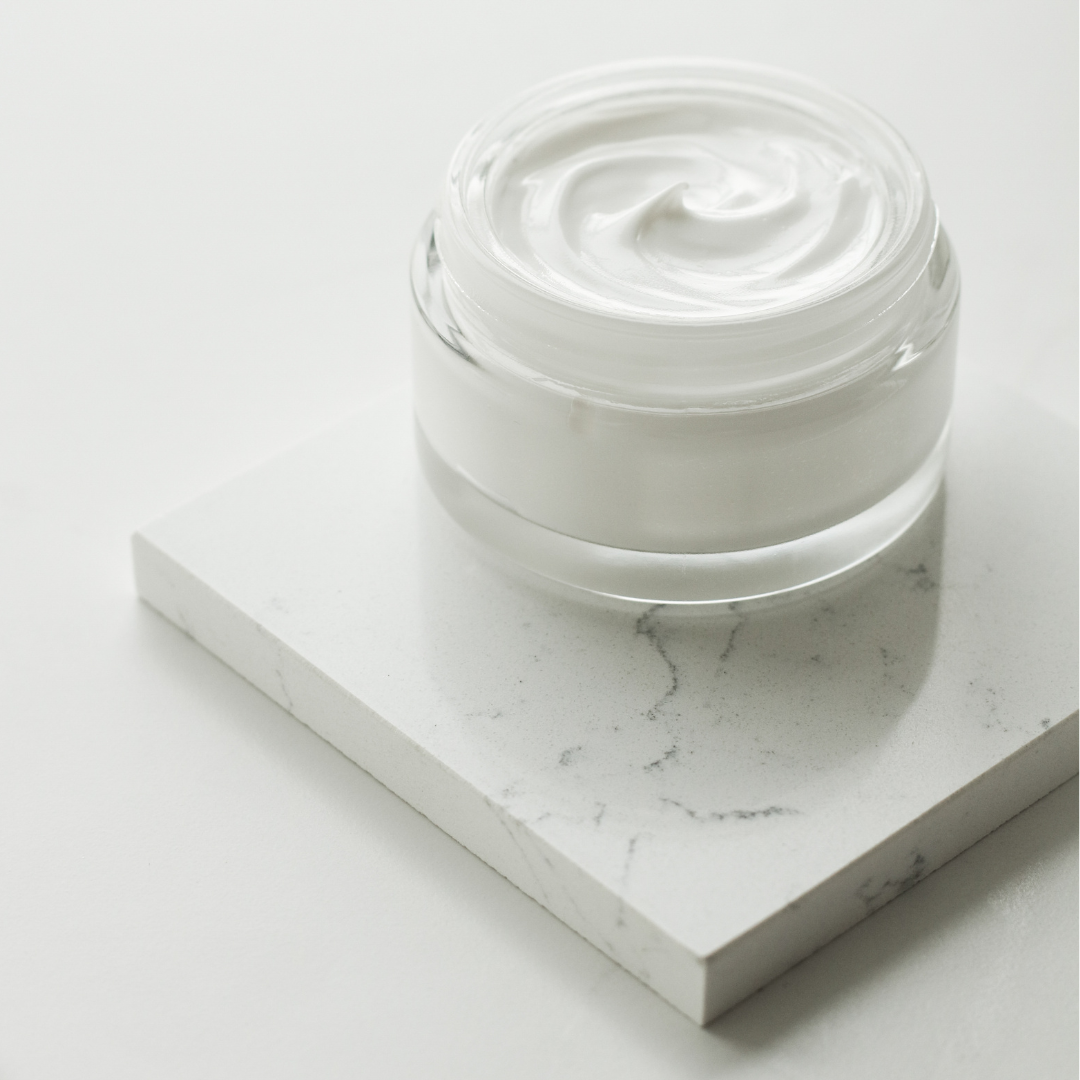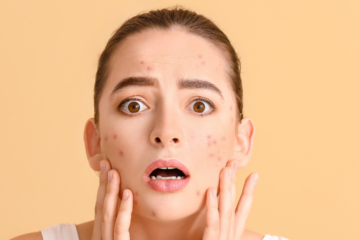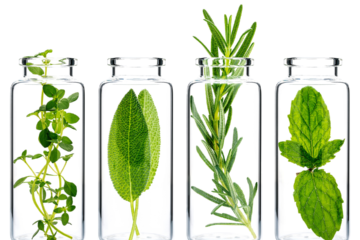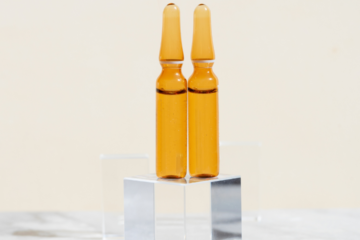Emulsions represent a common physicochemical form widely used in cosmetic products such as creams, balms, masks, and hair conditioners. They are formed by combining two mutually insoluble phases. One phase is the oily (non-polar) phase, which includes various oils, fats, and butters. The other phase (polar phase) consists of water and aqueous solutions, such as extracts and glycerin. The combination of these two phases creates an unstable system, which tends to separate into two layers upon mixing. Considering that cosmetic emulsions must remain stable for a long time and resistant to separation during application by the consumer, proper stabilization is crucial. This can be achieved by providing energy to the system and adding a substance that reduces the surface tension of the liquids. Therefore, to maintain thermodynamically stable emulsions, it is necessary to combine both phases using an emulsifier and homogenization process.
Characteristics of Emulsifiers
Emulsifiers belong to the group of surfactants, and their main property is to reduce surface tension by accumulating molecules at the phase boundary. This property arises from the structure of emulsifiers, which consist of two different parts: hydrophobic (carbon chain) and hydrophilic (head group). Thanks to these two parts, emulsifiers can combine two immiscible substances in liquids. Depending on the greater affinity of the emulsifier to one of the phases, various types of emulsions can be obtained. The most common type is the O/W emulsion (oil in water), where oil is the dispersed phase and water is continuous. However, other types are also encountered, such as W/O (water in oil) emulsions and multiphase O/W/O and W/O/W emulsions. The emulsifier’s affinity to one of the phases is strongly linked to the HLB (Hydrophilic Lipophilic Balance) value. HLB is an additional scale proposed by Griffin, which determines the degree of hydrophilicity or lipophilicity of the surfactant. This scale ranges from 0 to 20, where 0 denotes highly hydrophobic substances, while 20 indicates compounds with strongly hydrophilic properties. O/W emulsifiers on the HLB scale usually range from 12 to 16, while W/O emulsifiers range from 3 to 6. In addition to the division based on the HLB value and hydrophilicity, emulsifiers can be classified based on the charge present in the molecule: cationic, anionic, amphoteric, and nonionic. Nonionic emulsifiers constitute a broad group in cosmetics because they reliably form O/W type emulsions.
Choice of Emulsifier
Examples of popular synthetic emulsifiers in cosmetics include: Cetyl Alcohol, Cetearyl Alcohol, Ceteareth-20, and Ceteareth-25. Natural emulsifiers also play a significant role, including lanolin, lecithin, beeswax (Cera Alba), polyglycerols (e.g., Polyglyceryl-4 Diisostearate/Polyhydroxystearate/Sebacate), and derivatives of olive oil (e.g., Cetearyl Olivate, Sorbitan Olivate). Ready-made blends of several emulsifiers are essential in formulating products because they limit the purchase of individual raw materials to an already effective mixture. It is worth noting that achieving long-term stability requires adding a co-emulsifier to the system along with a hydrophilic emulsifier and a lipophilic emulsifier, significantly increasing the stability of the emulsion.
Obtaining Emulsifiers
Emulsifiers for cosmetics production can be obtained using various methods. Natural emulsifiers of animal origin, such as lanolin or beeswax, are relatively easy to obtain. Lanolin, derived from sheep’s wool, is separated during wool cleaning using potassium hydroxide or organic solvents and is used in the production of ointments, lip balms, creams, and conditioners, exhibiting moisturizing properties and imparting shine in cosmetic lip balms. Beeswax is produced by glands located on the abdomen of worker bees under certain atmospheric conditions in the hive and is most commonly used in lip balms and children’s products, creating a film on the skin that smoothes and lubricates it. However, it can cause allergies in people allergic to pollen. Lecithins, which can be obtained from both animal and plant sources, are another type of emulsifiers. They can be isolated from chicken eggs or fish, but the most cost-effective method currently is obtaining lecithin from soy. Lecithin is also present in human cell membranes, softening the skin and stabilizing foam in cleansing products. An important advantage of lecithin is its ability to form a liposomal structure in creams, allowing deeper penetration of active substances such as vitamins into the skin layers for increased effectiveness.
Synthetic emulsifiers are obtained by ethoxylation of fatty alcohols. Ethoxylation is a reaction involving the addition of ethylene oxide to the carbon chain catalyzed by NaOH or KOH. Ethylene oxide, the simplest epoxide, can undergo cleavage in acidic or basic environments and form ethoxylates with selected hydrophobic raw materials. This reaction is highly exothermic and requires proper reactor preparation and temperature control. The products of this reaction include ethoxylated cetylstearyl alcohols with different numbers of ethylene oxide groups, forming emulsifiers such as Ceteareth-2, Ceteareth-3, Ceteareth-10, Ceteareth-20, and Ceteareth-25, or PEGs (e.g., PEG-40 Hydrogenated Castor Oil).
The growing trend towards naturalness and the search for sustainable solutions makes reactions using ethylene oxide less desirable. As a result, ethoxylated emulsifiers can be replaced in natural cosmetics by polyglycerol esters. Polyglycerols are polymers of glycerol linked by ether bonds, differing in degree of polymerization. Polyglycerols with higher molecular weight are more hydrophilic than those with lower molecular weight. Due to their ability to esterify with various organic acids, polyglycerol esters are popular in cosmetics. They can be used to create nanoemulsions (e.g., Polyglyceryl-4 Laurate) or as emulsifiers in cold O/W emulsions (e.g., Hydrogenated Sunflower Seed Oil Polyglyceryl-3 Esters). They are also suitable for low viscosity W/O emulsions (e.g., Polyglyceryl-4 Diisostearate/Polyhydroxystearate/Sebacate) and as active co-emulsifiers (e.g., Polyglyceryl-3 caprylate). Additionally, the appropriate blend of Poliglycerol-6 Stearate and Poliglycerol-6 Behenate creates low viscosity emulsions suitable for spray application and maintains the stability of challenging products such as high SPF sunscreens packaged in atomizer bottles.
Another extensive group of natural emulsifiers comprises substances derived from olive oil. Olive oil is a well-known oil from the olive tree, with a lipid composition showing affinity to human sebum (biocompatibility). Olive oil is obtained by cold pressing or hot pressing olives. Emulsifiers derived from this oil have unique sensory and application properties as well as a high natural origin index. They typically form light emulsions with additional skin conditioning properties. The blend of Cetearyl Olivate and Sorbitan Olivate, obtained by olive oil esterification, works excellently as a standalone emulsifier for O/W emulsions. It has the ability to create liquid crystalline structures resembling the stratum corneum, strengthening the skin’s lipid barrier and reducing TEWL. Additionally, it can act as an anti-redness and anti-aging ingredient. Sorbitan Olivate alone has a low HLB value, around 4.7, and can be used for W/O emulsions.
